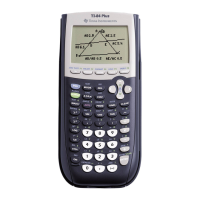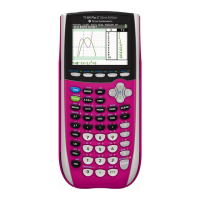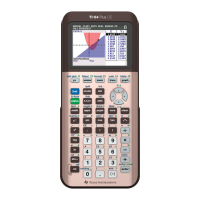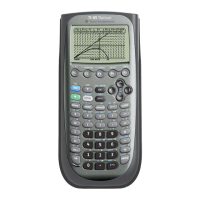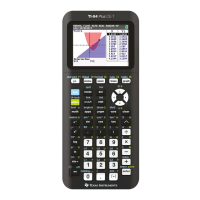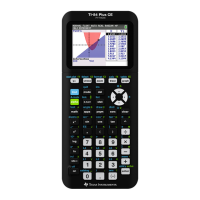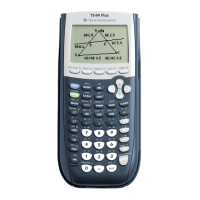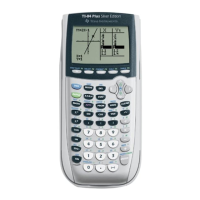Chapter 2: TI-83 Plus Specific Information 31
TI-83 Plus Developer Guide Third Release May 28, 2002
Graph Database Variables: GDB1 – GDB0
These variables can only be type GDBObj.
They are all spelled with two tokens followed by one zero.
The first token of the name is tVarGDB, which labels it as a graph database variable
name. The second token signifies which predefined graph database name it is,
tGDB1 – tGDB0.
Example: Graph Database Variable GDB0
OP1 +1 +2 +3 +4 +5 +6 +7 +8
GDBObj
08h
tVarGDB
60h
tGDB0
09h
00 ? ? ? ? ?
Variable: Ans
This is a special variable that can be a string or any numeric data type. This variable
should not be used for long-term storage since the system updates it automatically.
It is spelled with one token, tAns followed by two zeros.
Example: Matrix Variable Ans
OP1 +1 +2 +3 +4 +5 +6 +7 +8
MatObj
02h
tAns
72h
00 00 ? ? ? ? ?
User-Defined Variable Names
The TI-83 Plus allows open naming for some data types. Listed below are the naming
rules that these variables have in common. The restriction on the length of the name
varies by data type and is detailed for each data type.
• All variable names must start with a token in the range
tA – tTheta (A – Z or θ).
• All subsequent tokens can be a token in the range of
tA – tTheta (A – Z or θ) or t0 – t9 (0 – 9).
• Do not use lowercase or international character tokens.
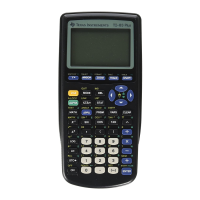
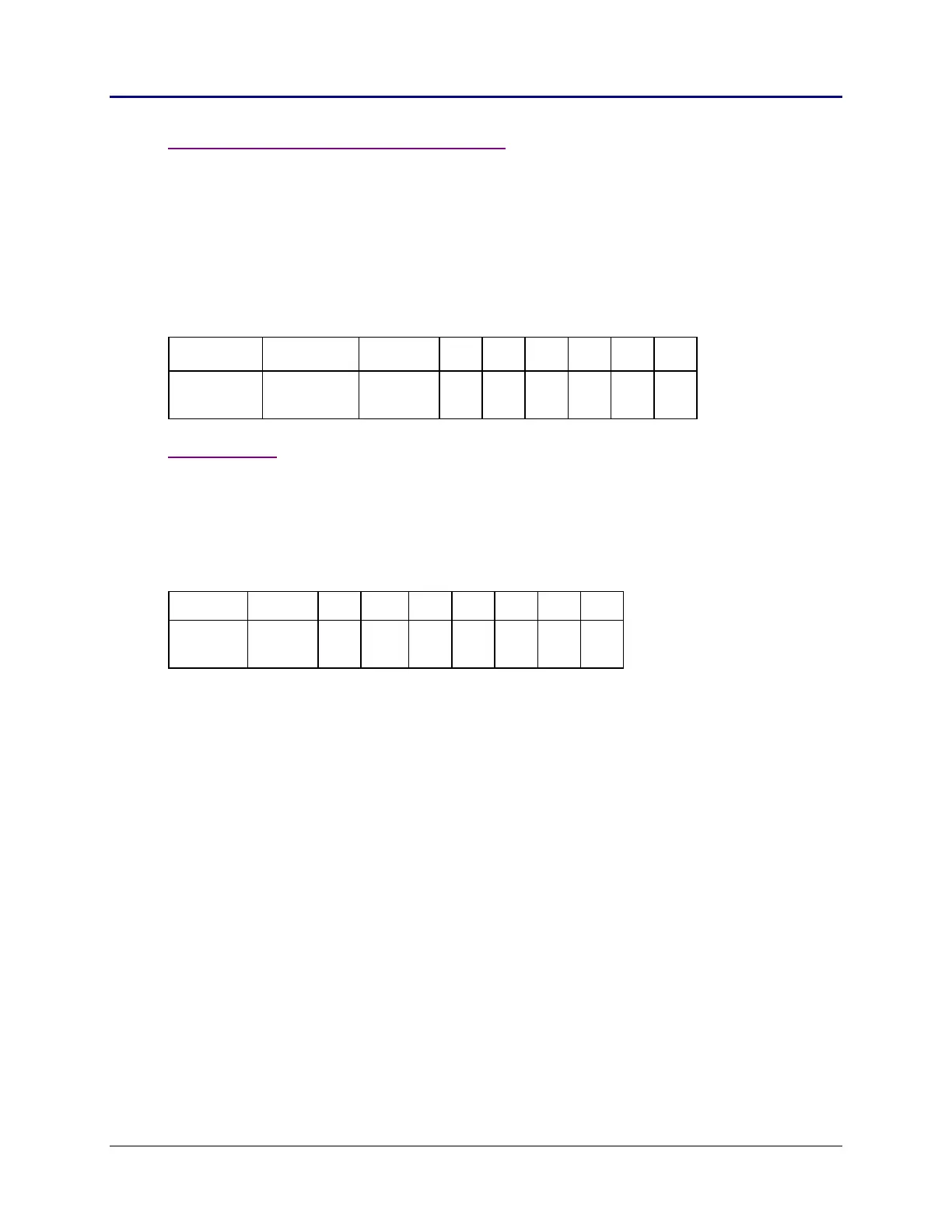